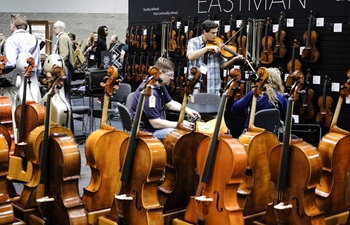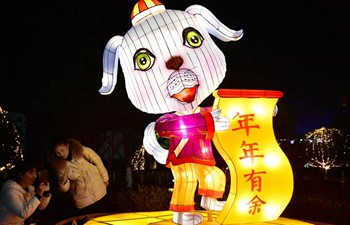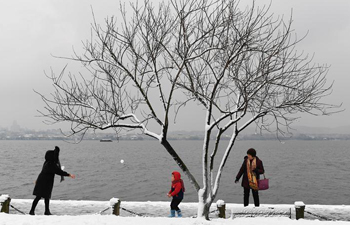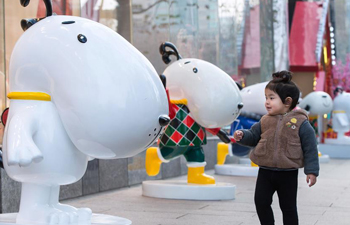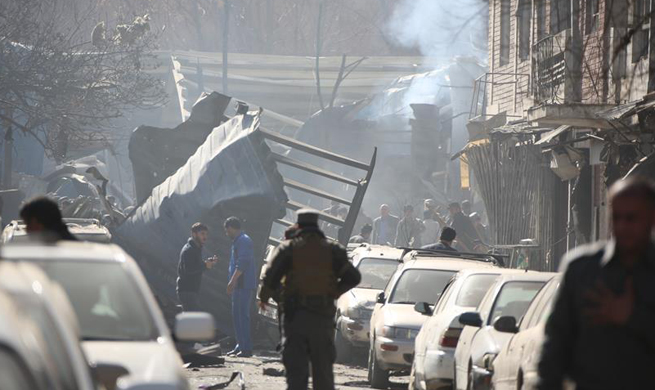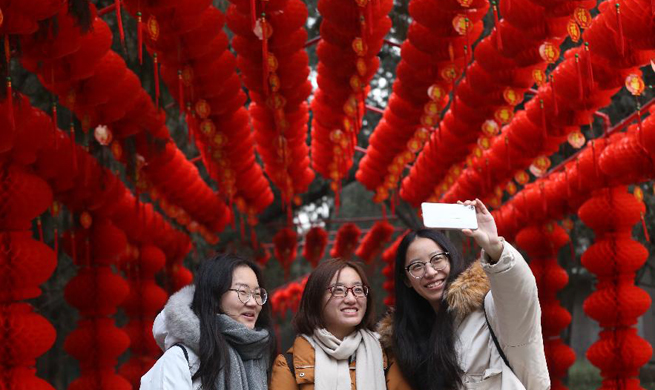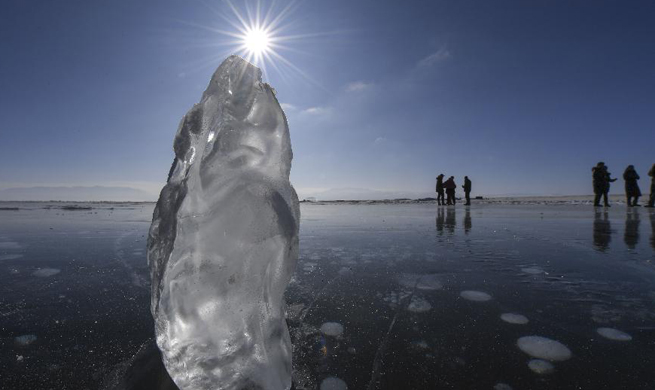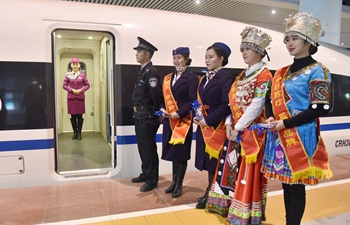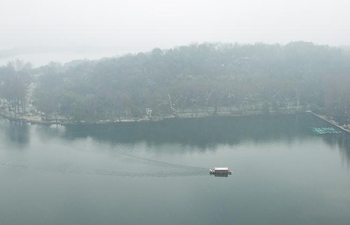HELSINKI, Jan. 27 (Xinhua) -- With the national voting for the new president of Finland due on Sunday, a popular desire for stronger presidency power has come up again this week.
DIMINISHED POWERS
Finnish presidents used to have major powers, but during the last 30 years, the presidents gradually lost nearly all the powers. The president now has a co-management role in the foreign policy and is also the commander in chief of the country's defense forces.
An opinion survey by the think tank EVA published earlier this week indicated that 60 percent of the people would like to at least partially restore powers of the president in areas, such as calling new elections and choosing the prime minister. Currently, the parliament itself can dissolve itself and selects prime minister designate.
"Finns have traditionally had this yearning for a strong leader or father figure," Timo Soikkanen, former professor of political history at Turku University, told Xinhua.
He said the measures from the 1980s on to strengthen the position of the cabinet and to weaken the powers of the president were a reaction to the huge influence that Urho Kekkonen had amassed during his multi-term presidency in 1956-1981.
When social democrat Mauno Koivisto became president (in office 1982-1994), he started to push for the introduction of more distinct parliamentarism. The last case where a Finnish president clearly used his powers against the decision of the political parties was during his presidency.
The then leader of the Center Party Paavo Vayrynen and conservative leader Ilkka Suominen had agreed to form a center-right majority government after the parliamentary election in 1987, but Koivisto decided to appoint a coalition of conservatives and social democrats with former conservative leader Harri Holkeri as prime minister. "So Koivisto did not apply the principle he was promoting," Soikkanen noted.
The strong powers of the Finnish president were the result of a political compromise in 1919. When Finland became independent in 1917, it first chose a German prince as its king. The republican constitution was enacted only after Germany lost World War I and the would-be king abdicated.
"The political right accepted a republic on condition that the president gets major powers," professor Soikkanen explained. "The Finnish presidential powers until 1994 actually resembled those enjoyed by the Swedish king according to the constitution of 1789," Soikkanen noted.
DIRECT POPULAR VOTE
The development of the way a Finnish president is elected has been somewhat contrary to the trend of the presidential authority. "Even though the powers of the president were reduced, Finland started to arrange the high profile presidential elections, with a direct popular vote taking place later," Soikkanen said.
The earlier presidents who had huge powers were each elected by an electoral college chosen by the parties usually having a presidential candidates of their own. The electors voted for their own parties' candidates in the first round, but in the second and third rounds negotiations and horse trading started.
Long time president Urho Kekkonen was elected with a one-vote majority 151-149. Conjecture continued for decades who gave the decisive ballot and in what kind of a deal.
Soikkanen, who is also the official historian of the Finnish Foreign Ministry, told Xinhua that the reduce of powers of the president has made the management of foreign policy somewhat complex. The prime minister represents Finland in the decision-making in the European Union, and the president takes up non-EU affairs.
"As the prime minister committed Finland to the sanctions against Russia during the Ukraine crisis, it was the role of the president to explain to Moscow that Finland nevertheless wants to maintain a dialogue," he explained.
Until the start of the direct popular vote in 1988, the electoral colleges had chosen the presidents except twice. In 1944, the parliament elected Marshal C.G.E Mannerheim as the president as part of the effort to disengage Finland from World War II; In 1974, Kekkonen's six-year tenure was extended until 1978 through an act of the parliament, as Kekkonen wanted to continue his term without an election.




